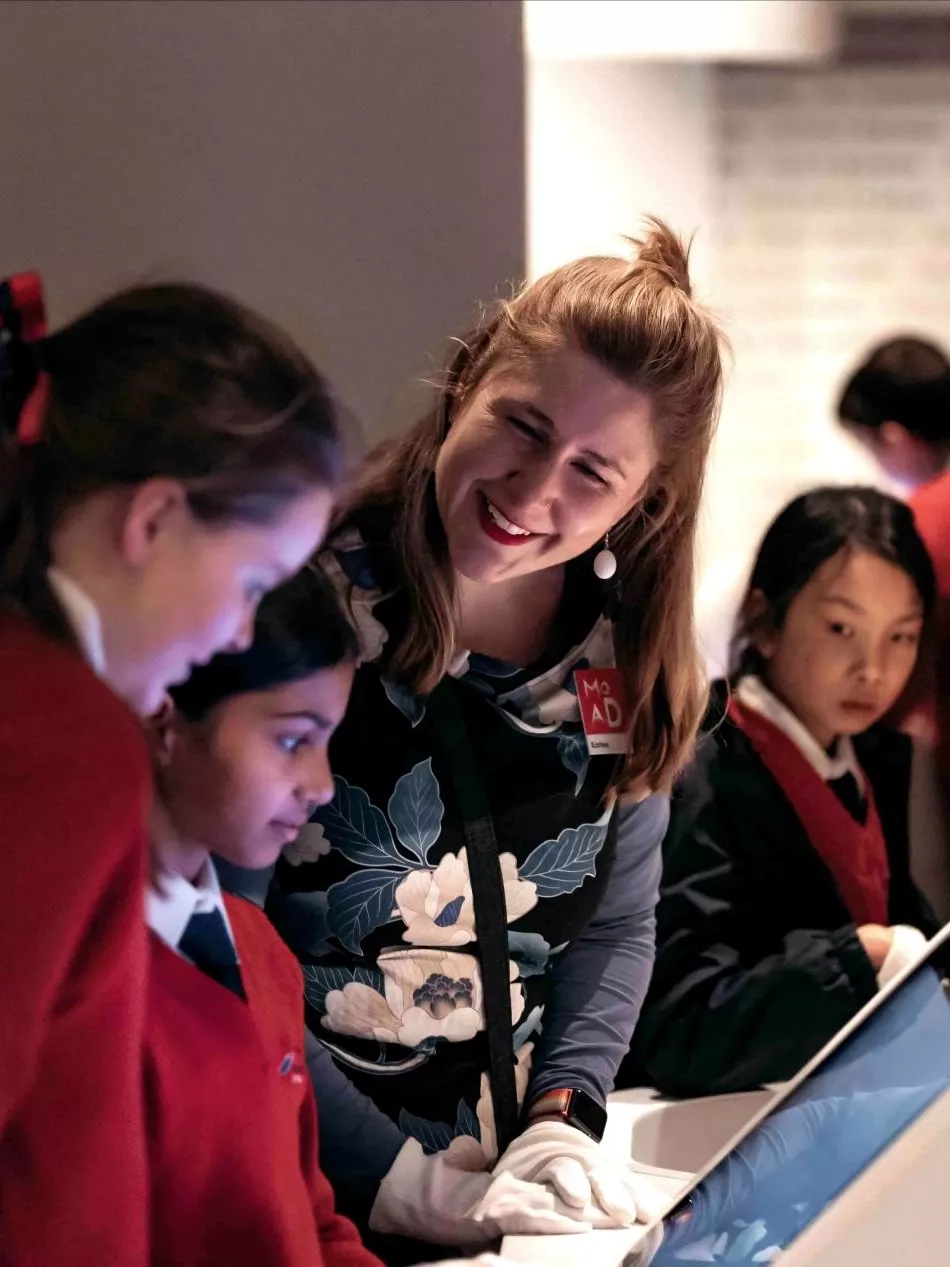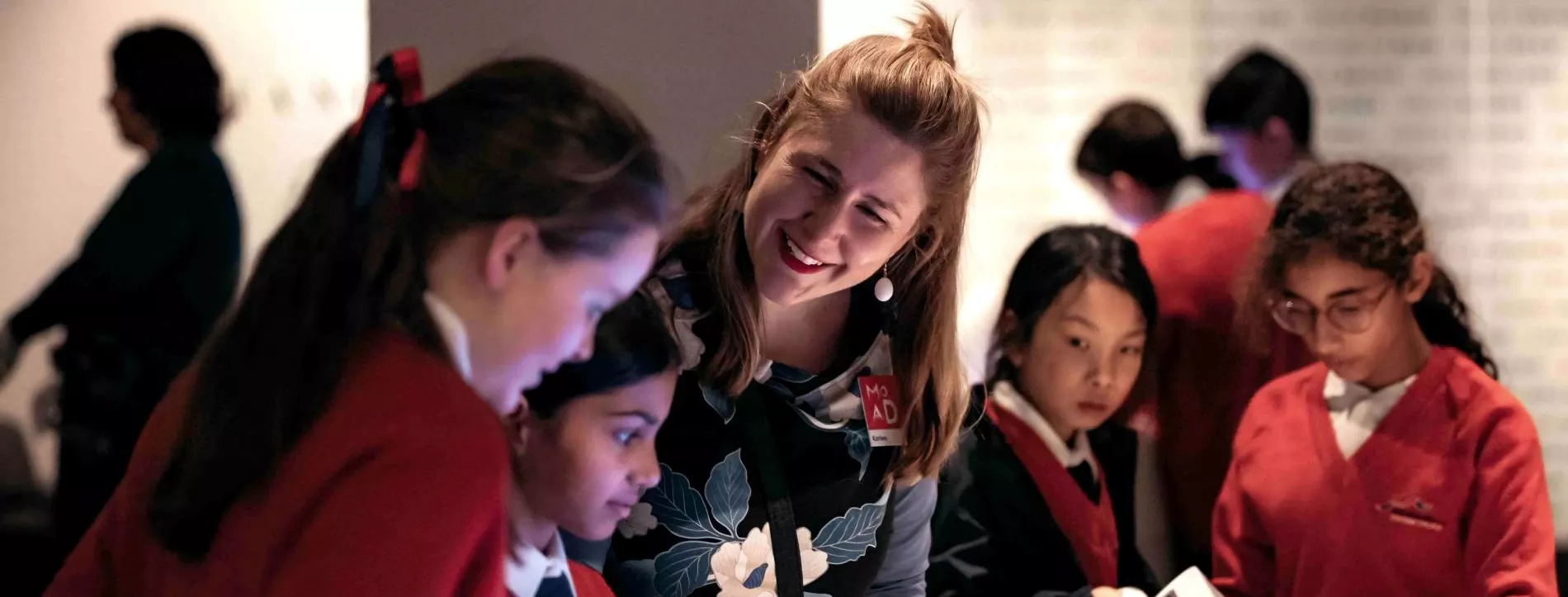Learn
Driven by an inquiry approach, our Australian-curriculum aligned programs empower young people to become informed, active and engaged citizens.
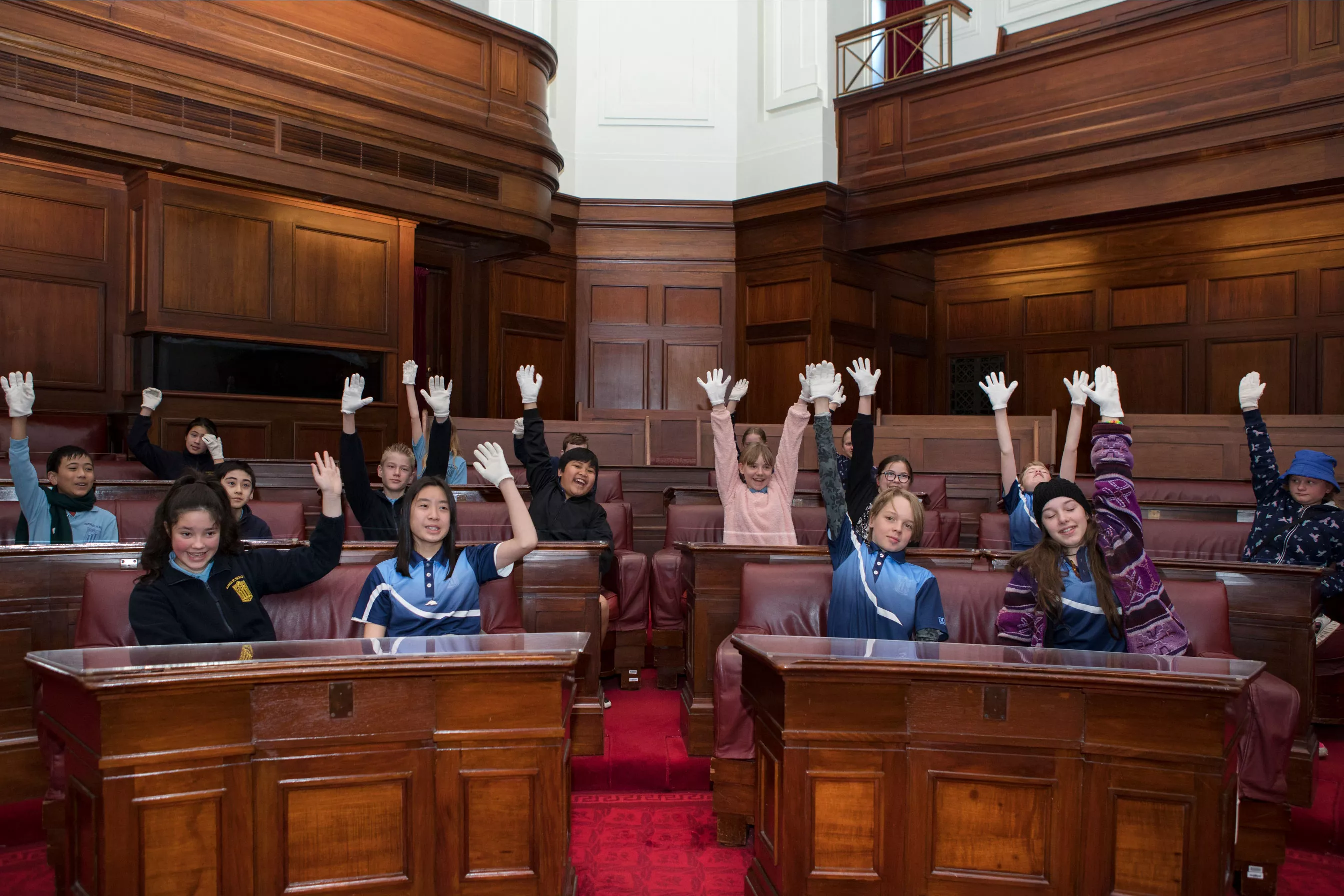
ONSITE PROGRAMS
Support your students to become active citizens in the very place where decisions that shaped our nation were made.
Find out moreDIGITAL EXCURSIONS
Visit MoAD from your classroom and get young people talking about democracy, leadership, media literacy and sustainability.
Find out more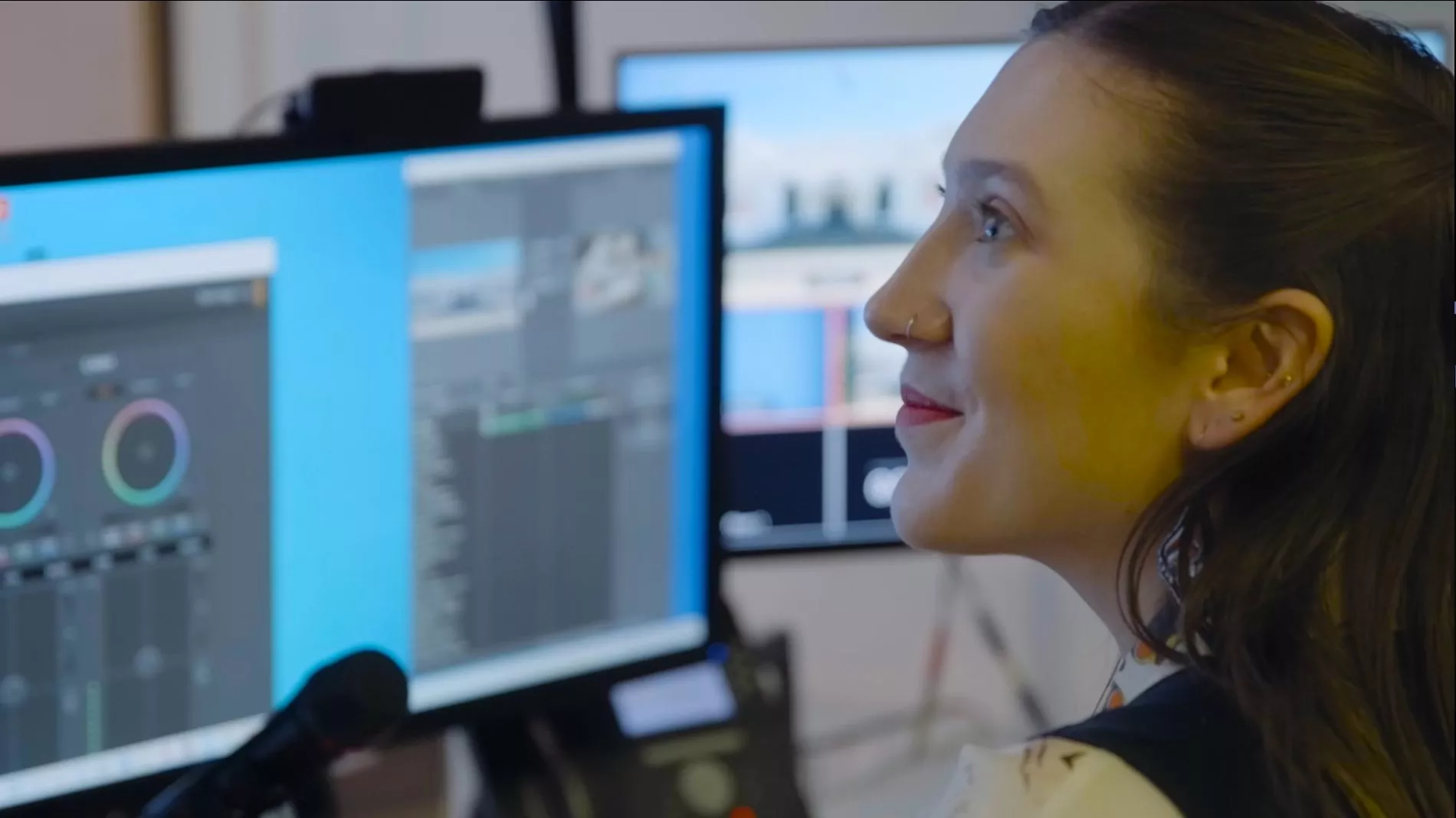
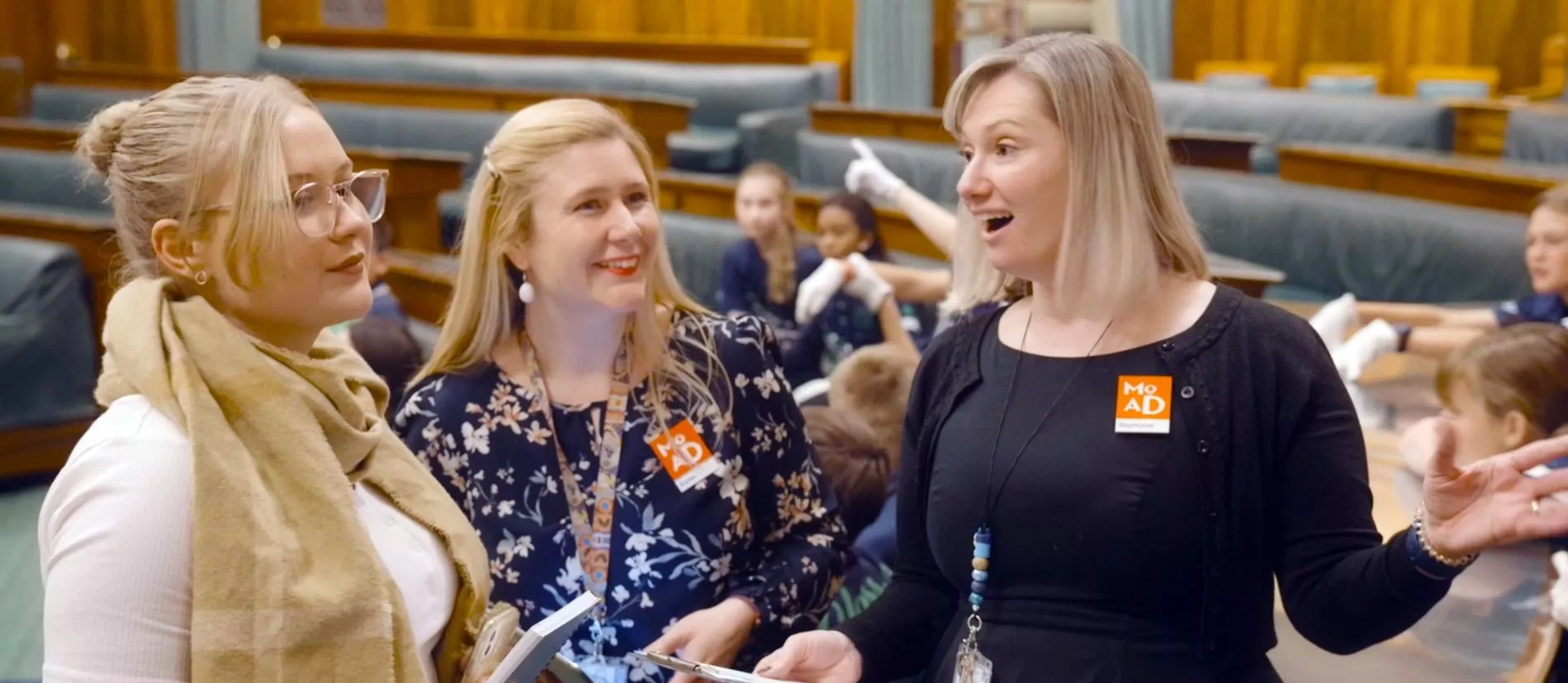
PROFESSIONAL DEVELOPMENT
Develop your skills and create engaging learning experiences through practical resources and ideas for the classroom.
Find out moreACTIVITIES AND RESOURCES
Find online learning resources for Kindergarten to Year 12 and engage your students in the classroom on core topics like student voice and agency, civic participation and media literacy.
Find out more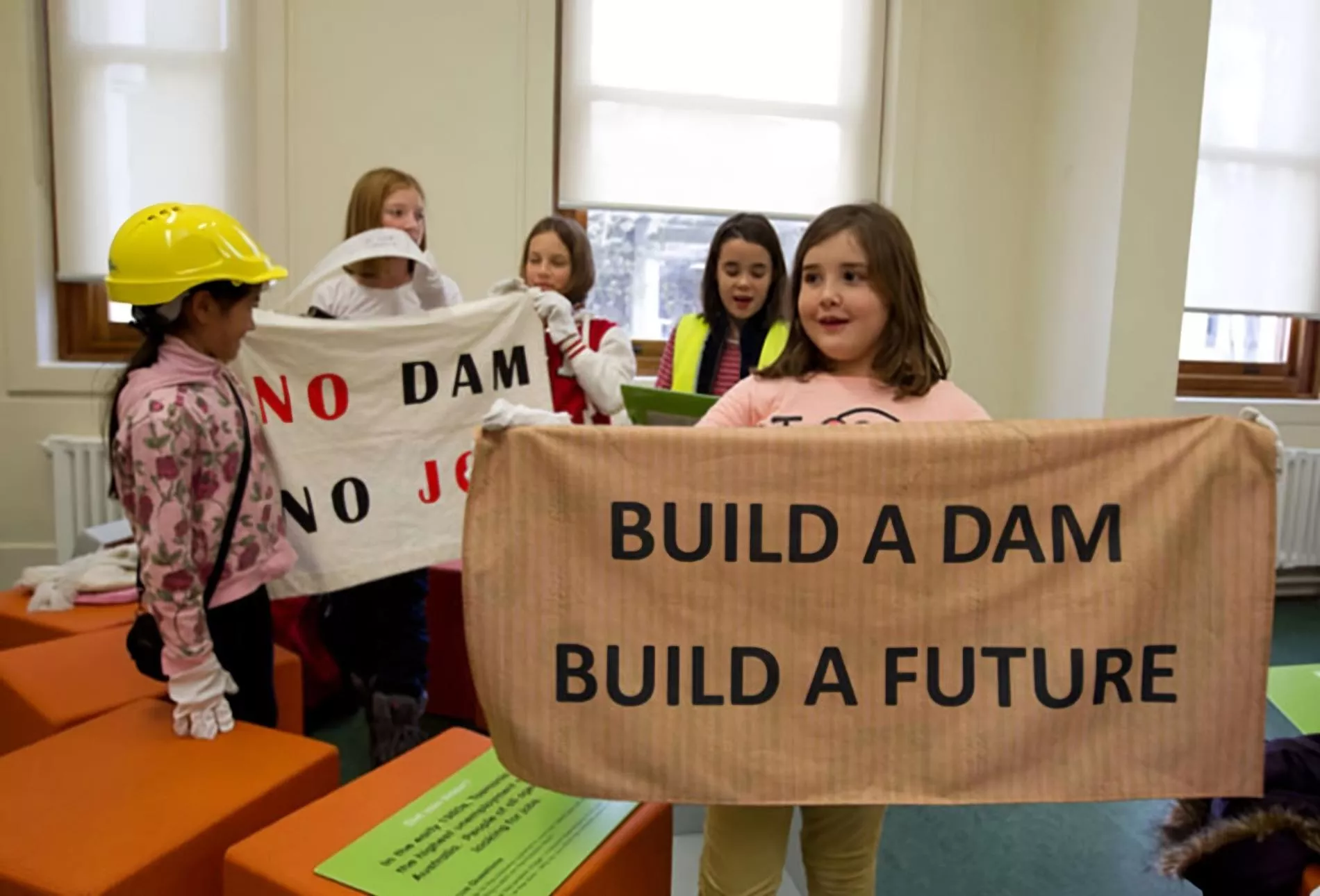
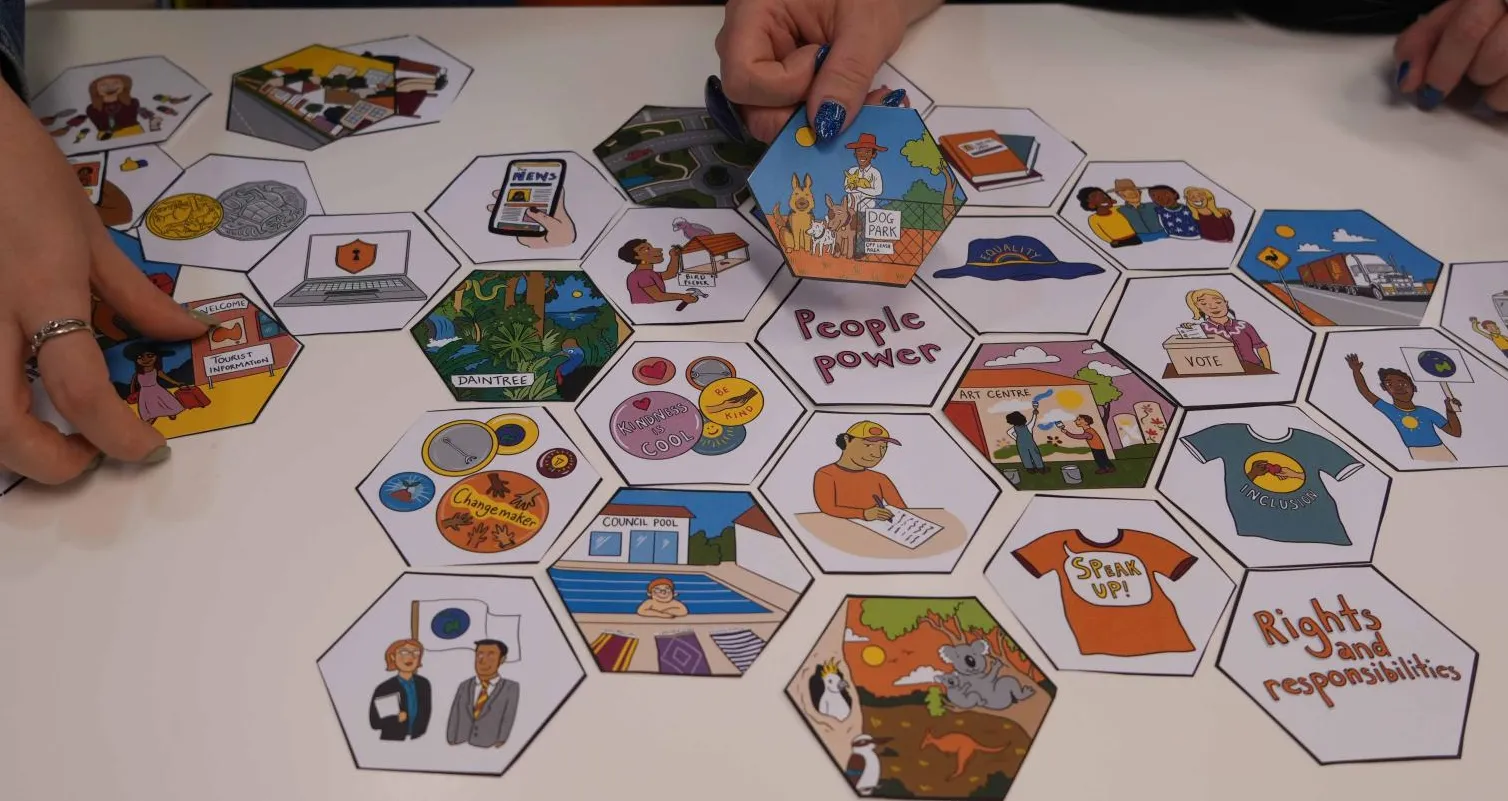
DEMOCRACY IN A BOX
A free, reusable toolkit filled with civics learning resources for year 5 and 6 students in regional classrooms.
Find out more


